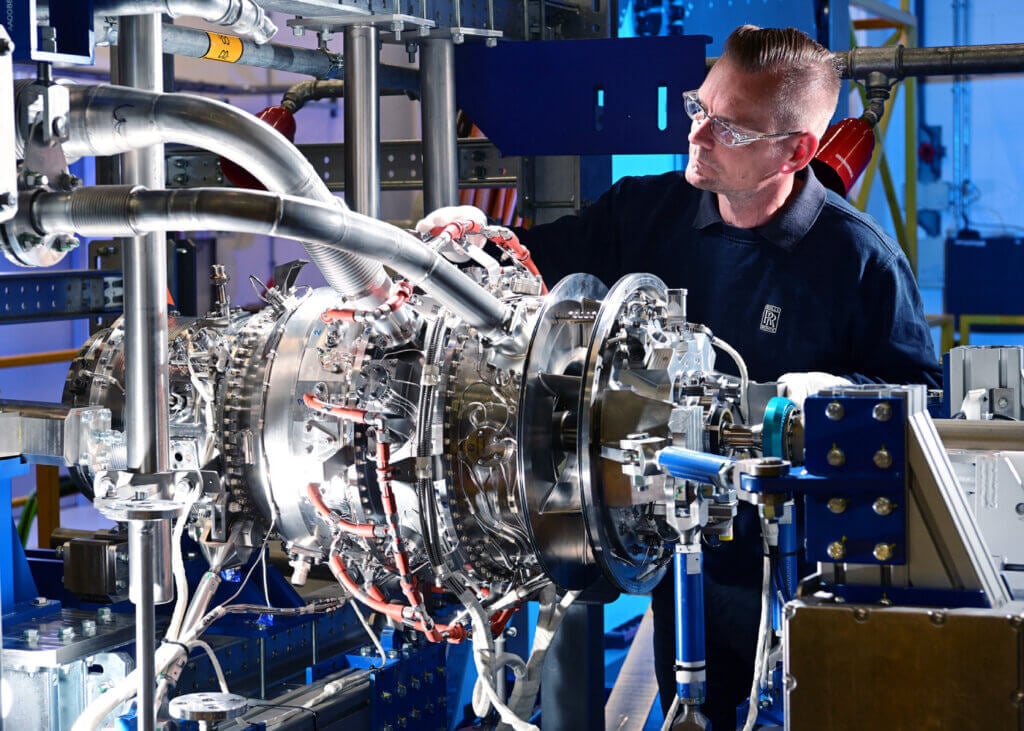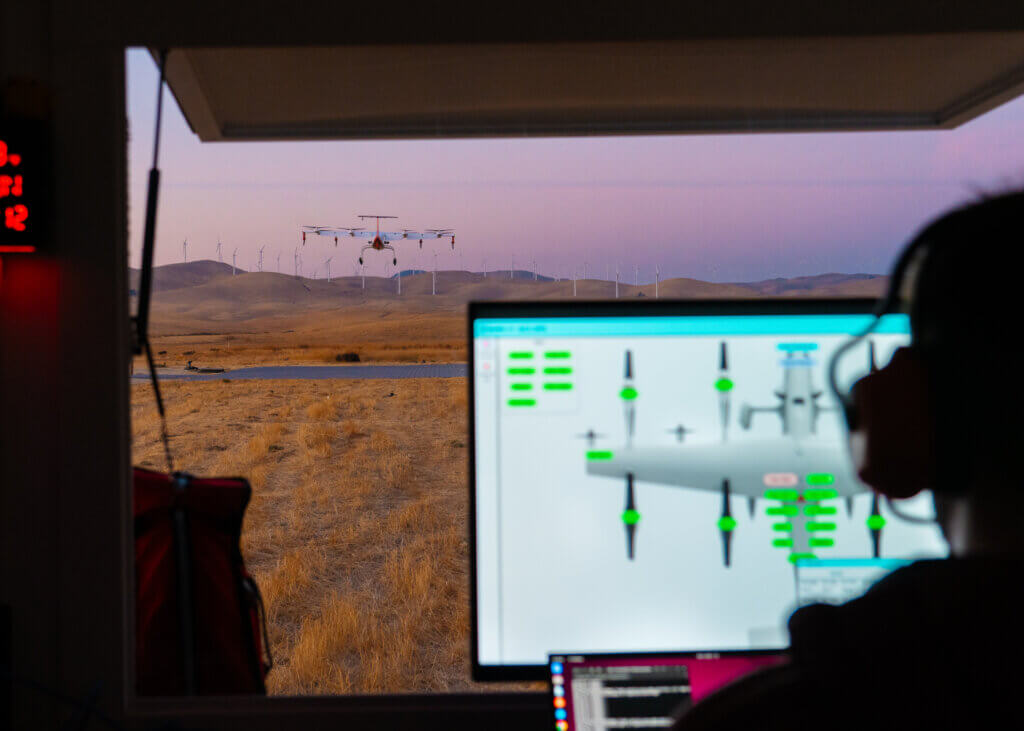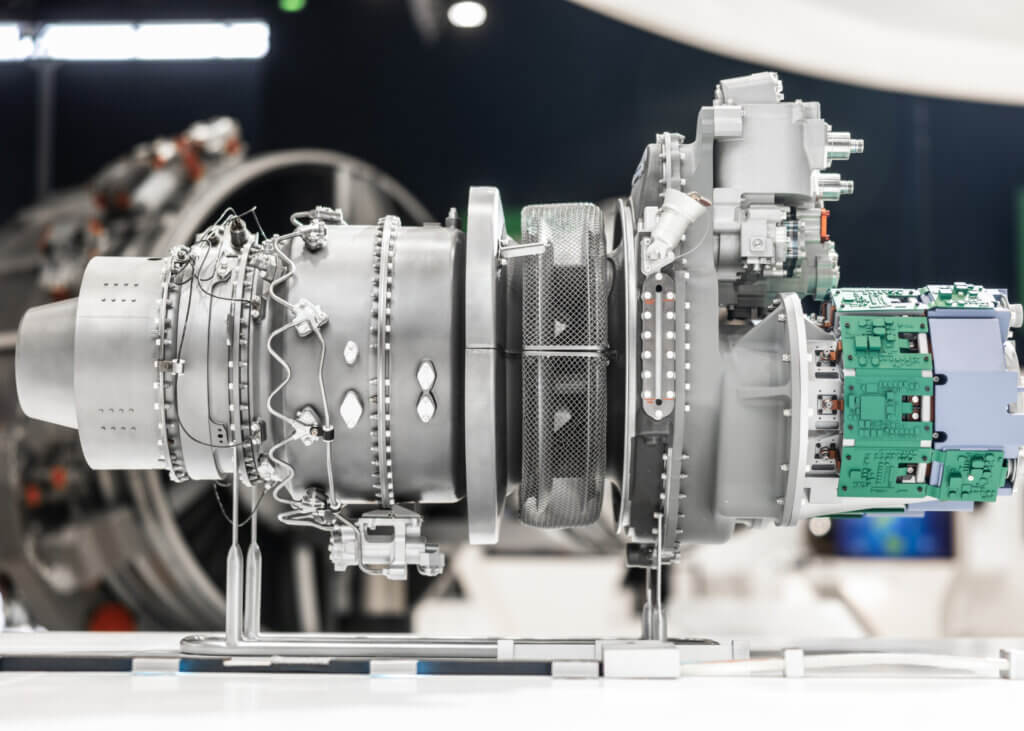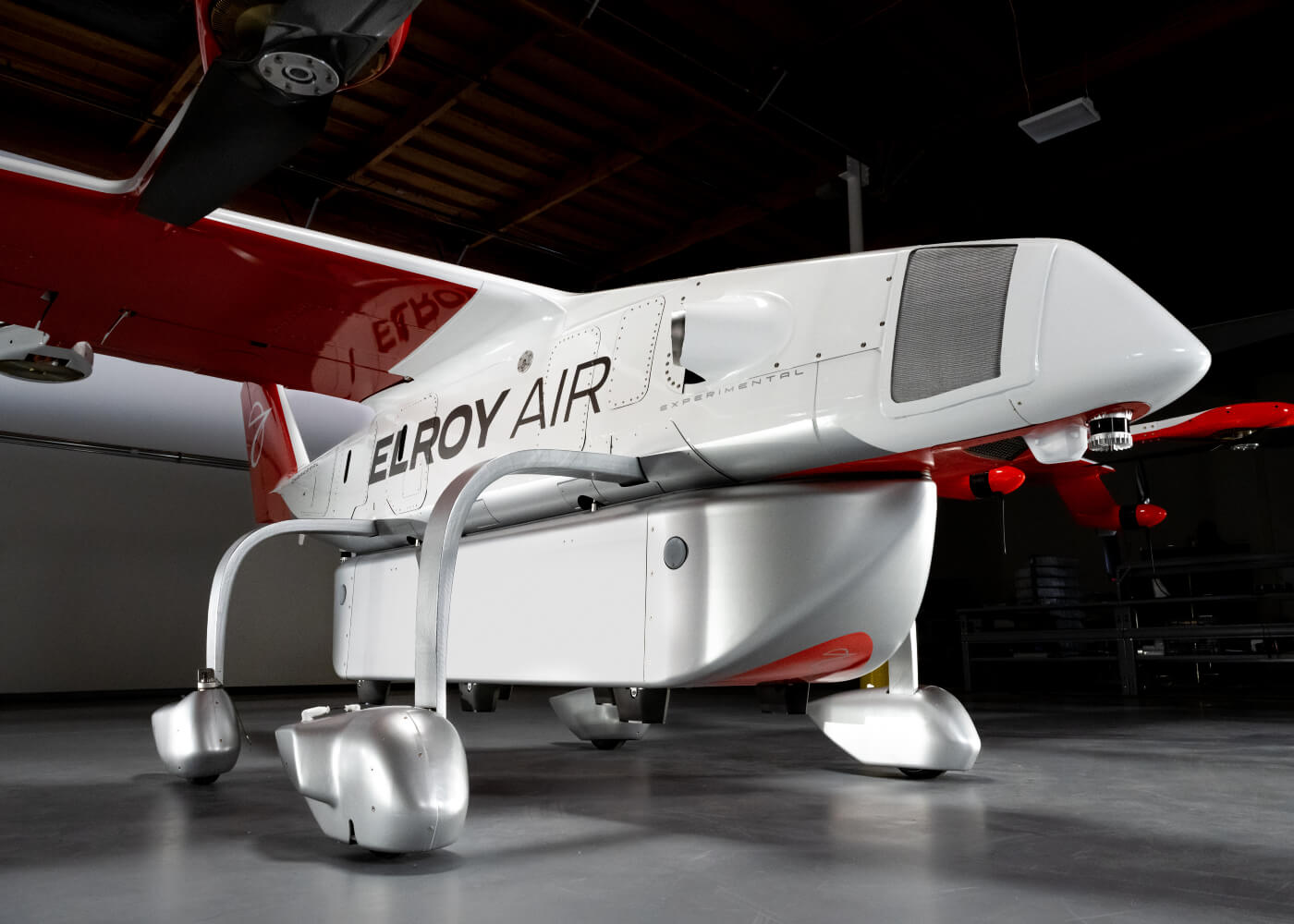“As everyone in the industry is aware, the challenge with batteries in eVTOLs is range,” said Matheu Parr, customer director of Rolls-Royce Electrical.
“Batteries are sufficient for about 100 kilometers [65 miles] in and around cities, but for the longer regional flights of 300 to 400 km [185 to 250 m], turbogenerators are the key,” he said. “It’s a no-brainer. You design these longer-range eVTOLs with both types of power systems.”
These hybrid eVTOLs feature a turbine-powered by some type of fuel driving a generator to power the electric motors on board.
They seem to represent the future for regional eVTOL flight, at least according to Amisha Prakash, director of customer programs at Elroy Air, the developers of the Chaparral C1 hybrid eVTOL aircraft.
Prakash noted that longer range is important for her firm’s logistics-focused customers. “Due to their needs, using a turbogenerator-based hybrid-electric powertrain made the most sense for our aircraft,” she said.
Not only does the hybrid design approach extend range, but as Parr went on to explain, the turbine (if not powered by hydrogen) can be turned off in cities where only zero emissions are permitted. And during the cruise phase of the flight, where power requirements are minimal, surplus energy being produced by the turbogenerator can keep the batteries at full charge.
While Rolls-Royce and Elroy Air are among the leaders in turbogenerator development for hybrid eVTOLs, in the short takeoff and landing (eSTOL) space, Safran Helicopter Engines has signed an agreement with Electra.aero to develop a 600-kilowatt turbogenerator propulsion system for Electra’s nine-passenger eSTOL prototype.

Demonstrating hybrid-electric flight
In November 2023, Elroy Air flew its Chaparral C1 hybrid eVTOL aircraft at its test flight facility in Byron, California. The C1 took off vertically, flew for 57 seconds and landed successfully.
Intended to be an autonomous platform for middle-mile logistics, humanitarian aid shipping and military resupply, the C1 is designed with eight propellers for VTOL mode and four propellers for forward cruise.
Prakash said this test was the initial validation of the design, proving the flight-worthiness of the aircraft configuration.
“We learned that in many ways, the aircraft handled and responded to inputs better than our simulations predicted,” she said. “In the coming months, we will be making some aircraft updates to the airframe and expand the vehicle’s capabilities. We will expand the wind envelope, perform system identification flights, transition to forward flight and cruise.”
The C1 has high-power cylindrical lithium-ion cells in its battery packs. Prakash explained that these cells are different than the high-energy cells used on purely battery-powered VTOL aircraft.
“The cells we’re using provide a supplemental power to handle the additional power during takeoff and landing,” she said, with the batteries being charged during flight.
On the topic of managing the power from those batteries and the turbogenerator, Clint Cope, Elroy Air co-founder and chief product officer, explained that power system management for a hybrid eVTOL is complex.
“There are very high-power demands during takeoff and landing, and moderate power demands during cruise flight,” he said. “Keeping the engine, generator, and batteries healthy while providing adequate power in a wide range of operating environments is your core challenge.”
He added that “however, your power management system must also gracefully handle power mismatches. These mismatches can happen if you don’t keep your lift motors under power after landing while simultaneously spinning down the genset. If this isn’t managed properly, you risk overcharging the battery packs. We’ve developed solutions to handle these conditions during our time spent developing the Chaparral’s powertrain.”

Rolls-Royce
Rolls-Royce is developing a turbogenerator system (TGS) to power hybrid-electric flight. It’s being designed initially to use sustainable aviation fuels (SAF).
The International Air Transport Association (IATA) estimates that SAF could contribute around 65% of the reduction in emissions needed by aviation to reach net-zero by 2050. IATA states that “this will require a massive increase in production in order to meet demand. The largest acceleration is expected in the 2030s as policy support becomes global, SAF becomes competitive with fossil kerosene, and credible offsets become scarcer.”
According to the International Civil Aviation Organization (ICAO), which tracks SAF policy, feedstock, production, conversion processes and more, 120 airports around the world are now distributing SAF.
The Rolls-Royce turbogenerator system, which has a new small engine, will later transition from SAF to hydrogen fuel when the latter becomes more widely available.
The unit is very compact and is aimed to weigh between 200 to 250 kilograms (440 to 550 pounds). Rolls-Royce will offer an 800-kW version first, but the motor is scalable downwards to 500 kW and upwards to 1,200 kW, with that last power level higher than the power able to be produced by a typical eVTOL electric motor.
Testing of the new small engine that will form part of the turbogenerator system started last year. “We successfully ran it up to idle and confirmed performance points,” Parr said. “Right now, we’re running it to highest speed and doing more operating tests.”
Looking forward, he said “I think that our expectation is that the eVTOL market will start all-electric within existing helicopter routes. This would include tourist flights or medevac or flights from city downtowns to the nearby airport and back.”

“But as the industry becomes established, longer range and/or carrying more payload will be desired,” he said. “People will become accustomed to eVTOL use and the demand will be strong for longer flights. That will take time. That will go into the 2030s, and that aligns with our development timelines. However, at the same time, we have defense departments in the U.S., for example, looking for aircraft now with higher capabilities than all-electric can offer, so I think adoption of hybrid eVTOL technology will move faster in military applications.”
Parr explained that his team at Rolls-Royce Electrical is about 600 strong and mostly electrical engineers. It’s building on what the company has already achieved in other sectors.
“It’s not novel that a turbogenerator can either be used to propel a vehicle or charge onboard batteries, with vehicle operators able to switch between batteries and the generator, and battery charging,” Parr said. “This has been achieved by Rolls-Royce in hybrid rail and in marine applications, with diesel engines charging batteries and using battery power within ports with strict emissions regulations.”
However, there are reports that Rolls-Royce Electrical is being sold.
When asked about these reports, Rolls-Royce stated that “we have announced that we are looking at options to exit in the short run for our advanced air mobility activities, or alternatively for the right value, reduce our position to minority with an intention to exit fully in the mid-term, and this will represent good value to a third party.
“We are continuing to progress the corresponding product development programs throughout this process. We are also continuing to invest in development and application of electrical technology and capability within our core businesses of defense, civil aerospace and power systems.”





